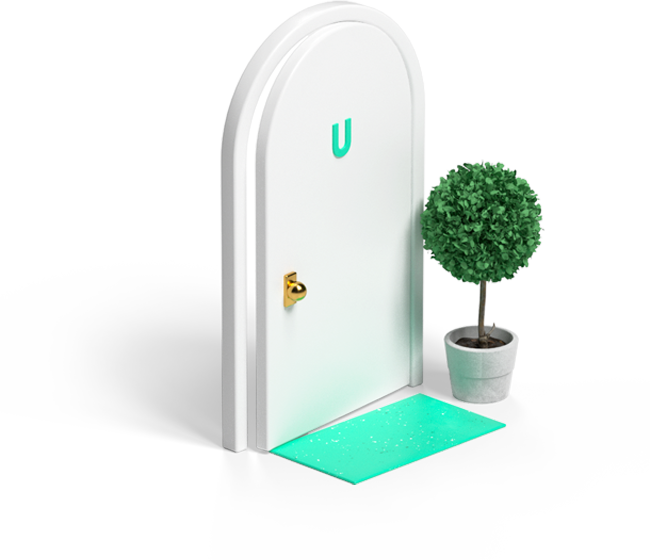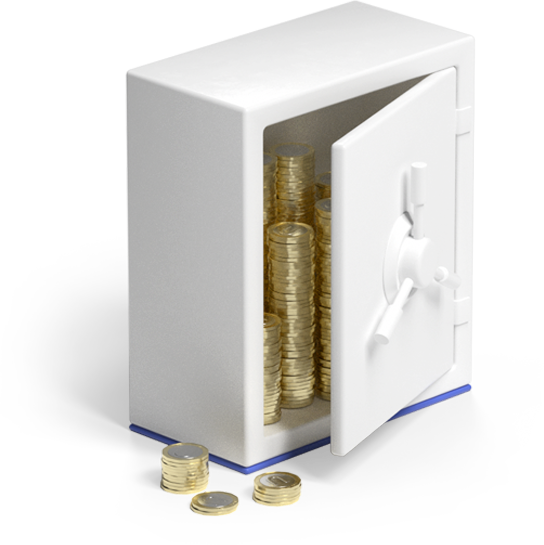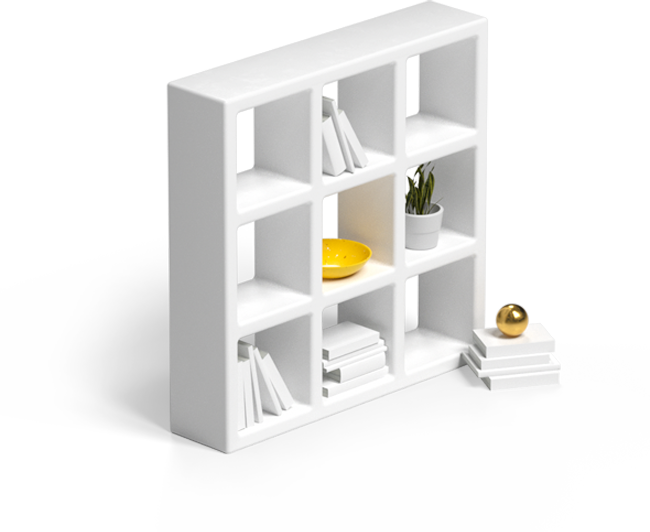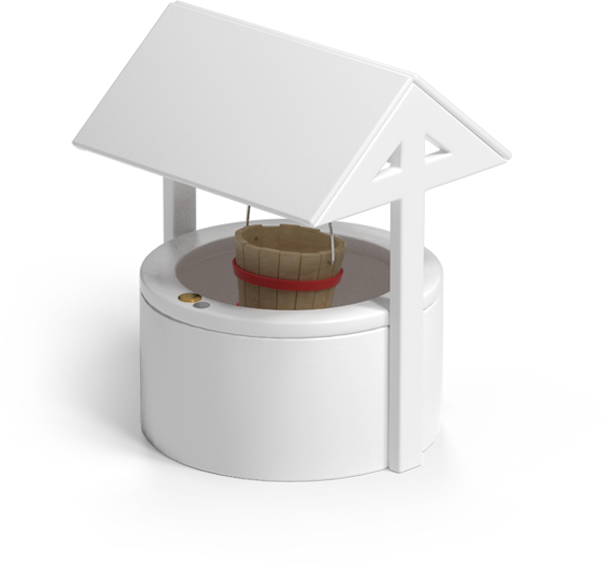How Much Money Do I Need To Invest In Property?
You are new to property investment, so what kind of money do you need? The property market has changed dramatically in the last twenty years, gone are the days when a 95% mortgage and a deposit of about £5,000 would secure you a reasonably-sized semi-detached house. The new millennium has seen lower mortgage interest rates but much higher capital requirements, making it a lot harder to raise the funds to get on the property ladder.
By Jon Howe4/28/21

How Much Money Do I Need To Invest In Property?
You are new to property investment, so what kind of money do you need?
The property market has changed dramatically in the last twenty years, gone are the days when a 95% mortgage and a deposit of about £5,000 would secure you a reasonably-sized semi-detached house. The new millennium has seen lower mortgage interest rates but much higher capital requirements, making it a lot harder to raise the funds to get on the property ladder.
We have also seen a rise in buy-to-let landlords, with property investment opportunities remaining popular, even though bigger deposits have always been the norm for mortgages in the buy-to-let sector, compared to residential properties.
There are many similarities between the traditional property market and the buy-to-let investment market, and while both now require significant capital investments, the buy-to-let sector has emerged as a lucrative way to progress in property investment.
The skills required are slightly different if you are looking to buy a property to flip it and sell it on quickly, but certainly the buy-to-let market has become popular and very accessible.
So how much money do you really need to start property development? How much of your savings should you invest in property? Like many aspects of financial investment, a lot depends on your attitude to risk and your personal circumstances, but here we aim to outline the options open to you and put together a rough guideline of the amount of capital that might be required.
What is money needed for in property investment?
When considering how much money is needed to invest in property, you need to map out the entire process and make accurate assessments on the funds required at each stage. This can be difficult when there are a lot of unknowns, but calculating a criteria and some rough financial boundaries should enable you to make investment plans that will allow you some room to manoeuvre.
Secure finance
Obviously this is fundamental to any property purchase, in that you have to raise the finance to buy the property. Traditionally this is done through a buy-to-let mortgage, unless you intend to flip the property. In terms of capital outlay, however, and what money you need to get started in property development, the deposit is the key factor, and we will study this in more detail shortly.
Other options for securing finance include personal loans to raise a mortgage deposit, which are not advisable, and also re-mortgaging your permanent residence and using this equity to fund a buy-to-let mortgage. This carries an element of risk, but is an avenue that some more experienced property investors use.
Fees
Lenders consider buy-to-let mortgages as a higher risk than a traditional property mortgage, and hence interest rates and fees are much higher too. This is because lenders fear that you may face periods when there are no tenants in the property, and hence you have no income stream, or because you are potentially likely to hold onto the property for less time than a family would.
The general upheaval of the property being a business enterprise also means you may default on payments, or face periods of uncertainty in terms of finance. Therefore, fees relating to buy-to-let mortgages reflect this risk, and in some cases can cover: application fees, booking fees, broker fees, legal fees, lender arrangement fees, telegraphic transfer fees and valuation fees.
Refurbishment costs
Inevitably there will be some work required to be undertaken in order to get a property into a marketable state. This may be merely cosmetic and require about £500 for painting and decorating, or it may be structural and need a significant outlay on re-wiring, new central heating or an entirely new downstairs layout.
It really depends on the state of the property, its location and the type of tenant you are looking to attract.
For example, a student let is not really worth fitting out with a high quality kitchen and bathroom because students aren’t really interested in that, but if the property needs to be attractive to a family or even young professionals, your refurbishment costs could run up to around £10,000.
At this point you need to assess whether the initial investment in the property is worth it, and whether you will get this money back, so you need to calculate the expected rental yield % and decide if this is a sensible investment.
Other costs
Naturally there are other costs involved in property development, and specifically the buy-to-let market, that you need to be aware of and therefore need to factor in to your calculations. This means you need to allow a cash reserve to exist to cover all eventualities.
These include the simple fact that you will be taxed on your rental income, you will also have to pay landlord’s insurance and you might need to employ a letting agent, so there will be letting agent fees to pay too. On top of that, you should aim to retain some of your capital to cover repair and maintenance costs, this ensures that the property is always in a marketable condition for prospective tenants.
It may also be wise to keep some money aside to cover any potential periods where there are no tenants in the property. Particularly with student properties this is quite common, such as outside of term times, although some landlords ensure that students pay over holiday periods as a condition of the contract, but of course you need to ensure that the property is sufficiently attractive that students are prepared to do that.
In other rental markets – such as with young professionals or families – it is common to encounter periods where a property is empty after a tenancy has ended and you need to find new tenants, this can be a financially crippling period if you are not prepared for it.
Alternative investments
There are also other investment options if buy-to-let doesn’t appeal to you, such as REITs (real estate investment trusts) and property crowdfunding which offer slightly easier ways to gain access to property investment, and can offer you a way to invest in property with less capital than what it would take to purchase a property.
The different ways to invest in property: how much money you need for each
Even if you are just starting out in property investment, you are likely to have had this plan in mind for some time, and therefore you have put consideration towards the significant sums of money you will need to put down, particularly if you are looking at the buy-to-let rental market.
This may come from life savings or other investments, or you may be fortunate enough to have some money from an inheritance.
Either way, you will be looking at applying for a buy-to-let mortgage and with that comes a deposit.
Buy-to-let mortgage deposit
We have outlined above that buy-to-let mortgages are historically more expensive than a traditional property mortgage, but the good news is that the average purchase price for a buy-to-let property in 2019 was £122,786, compared with an average of £226,709 for a residential property, according to MoneySuperMarket.
This is because rental properties are typically not as high-spec as residential properties and don’t have the same need for luxuries such as garages, conservatories or big gardens.
Rental properties are primarily functional and flexible, particularly multi-let properties. However, the deposit required for a buy-to-let mortgage is usually a minimum of 25% of the purchase price, and averages between 25-40%, again, as suggested by MoneySuperMarket’s data.<sup> </sup>
So if you bought a property for £180,000, for example, you would need to find a deposit of at least £45,000. This differs by area of course, and a rental property in London will be considerably more expensive than the same property in Sheffield, Leeds, Manchester or Newcastle.
Most buy-to-let mortgages are interest only, but even so, you need to calculate your rental yield % and ensure that this is around 25-30% higher than the mortgage payments, in order to make the investment cost effective. The lender will be looking for this kind of scenario before they consider lending to you, as well as you having a good credit rating.
Your age may well come into the equation also, ie. if you are 50 years old, for example, you will be 75 years old at the end of a 25-year mortgage, so is the lender taking a risk lending to you? This may be reflected in the interest rate and fees applied.
As the mortgage deposit is the biggest capital outlay you are likely to face, you need to look at the location of the property and the tenancy market you are considering and weigh up the risk of taking the property on. How much work is required to refurbish the property also? And effectively, can you raise this kind of money to secure the mortgage?
If the buy-to-let rental market is not for you, however, there are other ways to invest in property that require much less money to get started.
REITs
This stands for real estate investment trusts, and these are basically companies who own or finance income-producing real estate, typically retail parks, shopping centres, apartment blocks or warehouses.
These become mutual funds for property rather than stocks and bonds, and therefore they trade on the stock exchange and lease space in order to collect rent on it. This income is paid out to shareholders in the form of a dividend, and REITs must pay out at least 90% of taxable income to their shareholders, with most paying 100%.
REITs are a good way to build a property portfolio as they pay out an above-average dividend yield and therefore represent a vehicle through which you can diversify and spread your risk, if you want to combine a REIT with another form of property investment.
They are also a low risk investment opportunity as the capital investment is low, you can invest in a REIT for the cost of a single share. And while this is a great way to get into property investment in itself, the dividend you receive can also be saved towards a deposit for a buy-to-let mortgage.
Property crowdfunding
Property crowdfunding is a relatively new form of investment and draws on the power and lower risk factor of lots of people investing smaller amounts of capital, which naturally adds up to a larger amount of capital.
This is a great entry point for inexperienced property investors as the investment is as big or small as you are prepared to risk, and even then, the investment is a solid one that is very likely to produce a return.
It is also in a market – residential property – that most people have a good understanding of. Property crowdfunding is also a good way to diversify a property investment portfolio. Having low-risk, sure-fire investments is always good in order to guarantee an income if higher risk investments aren’t performing quite so well, this helps to balance out the inevitable peaks and troughs you encounter.
So how much money do I need to invest in property?
There is no set answer to this, but if you are looking at the buy-to-let rental market, and a typical buy-to-let mortgage deposit could be up to 40% of the purchase cost, you also need to factor in:
- Refurbishment costs
- Mortgage payments (interest)
- Fees
- Repairs and maintenance
- Tax/insurance
- Contingency income for periods of no tenants
Remember that you will soon be receiving a rental income, hopefully higher than your monthly costs, but as an initial investment, it is possible that this could require between 10-20% extra on top of your deposit.
So you could be looking at 50% or more of your total purchase price being required as capital. This of course will vary according to what amount of work is required on the house in order to get it ready for tenants and on the rental market.
As with many investments, it is important not to over-leverage your finances, and in this case, it might be tempting to lend against your own residential property or take out personal loans to find a deposit. This is traditionally a more high-risk strategy and you should always have in mind what you stand to lose if it all goes wrong. It is always safer if you are only putting forward what you can afford to lose.
Undoubtedly the buy-to-let rental market represents a lucrative long-term investment, but it is a capital-intensive investment in the first instance. An experienced property investor will find that this kind of higher-risk outlay subsides as they accumulate more properties, but at first it is unavoidable that you will need to find significant sums to finance your investments.
If you feel that a less capital-intensive investment is better suited to you, then options such as REITs or crowdfunding exist as lower-risk ways to invest in property.
Take a look at our other articles




